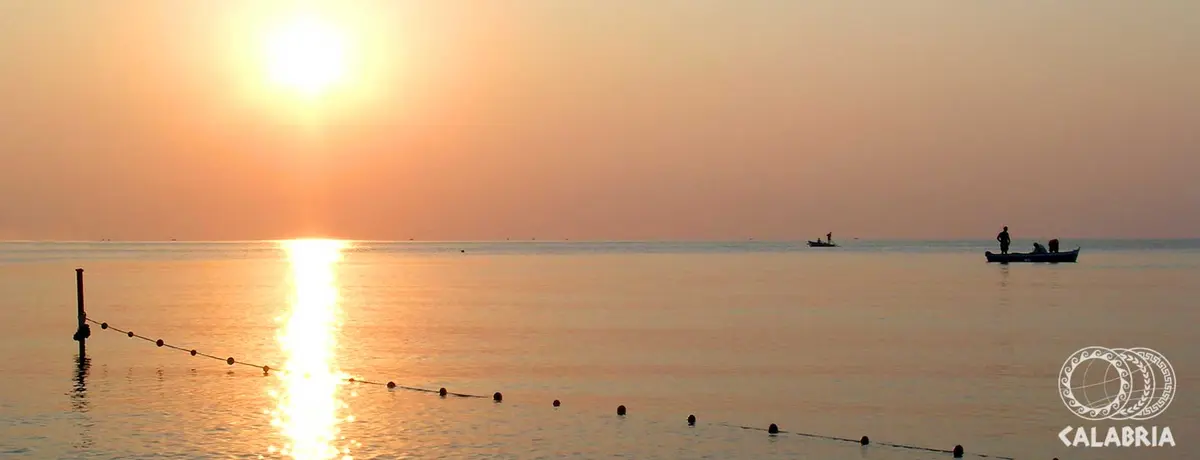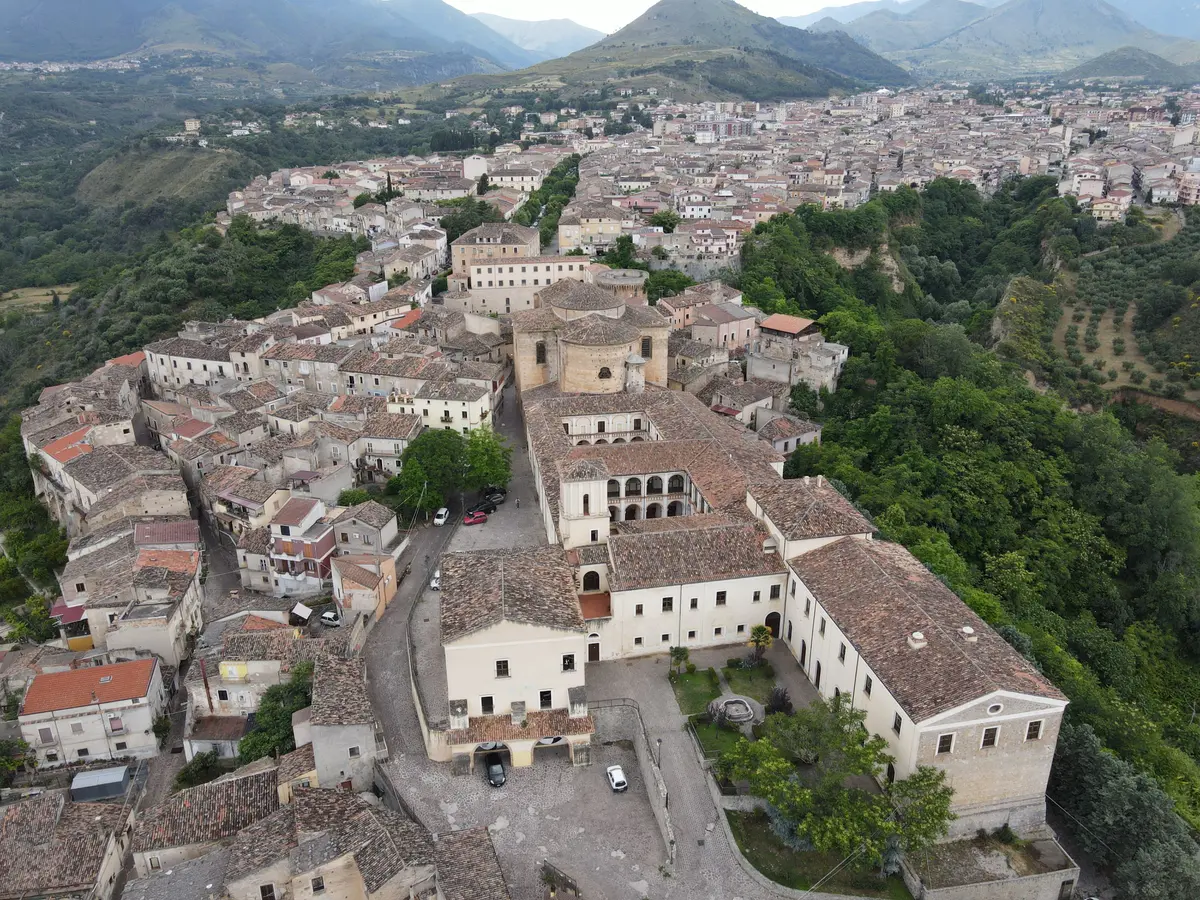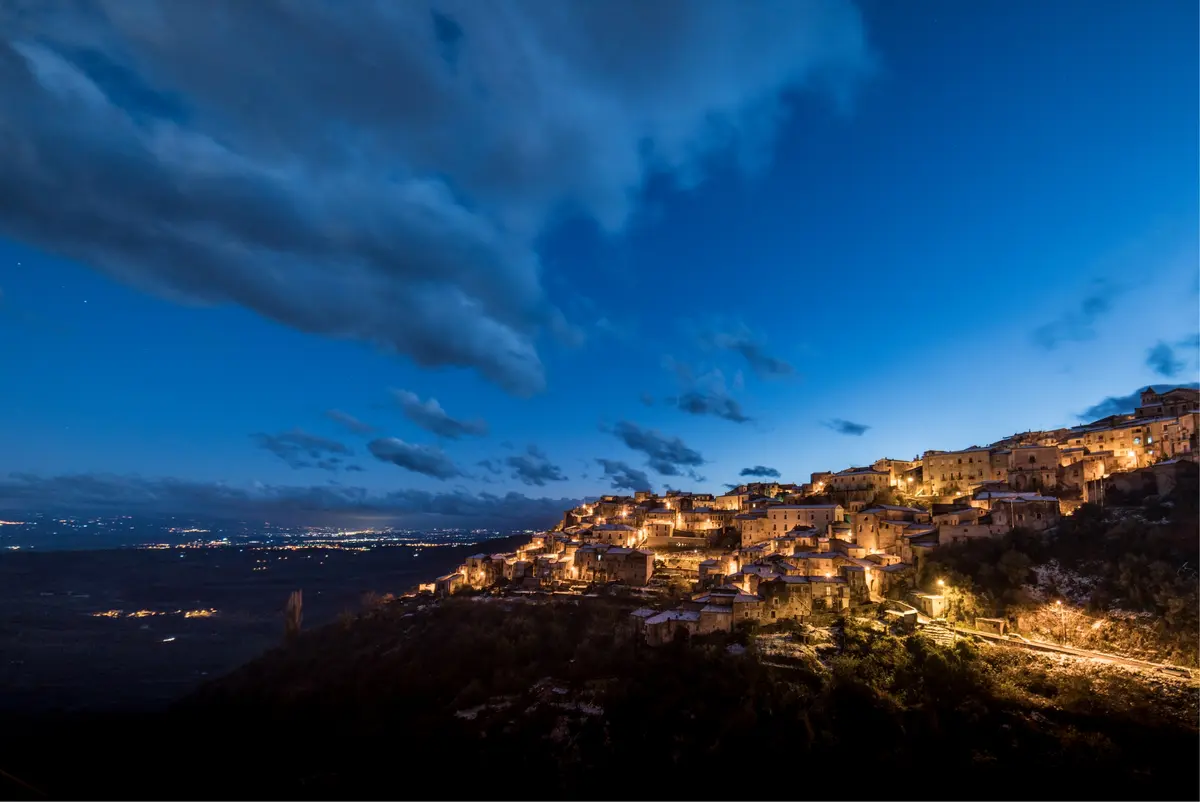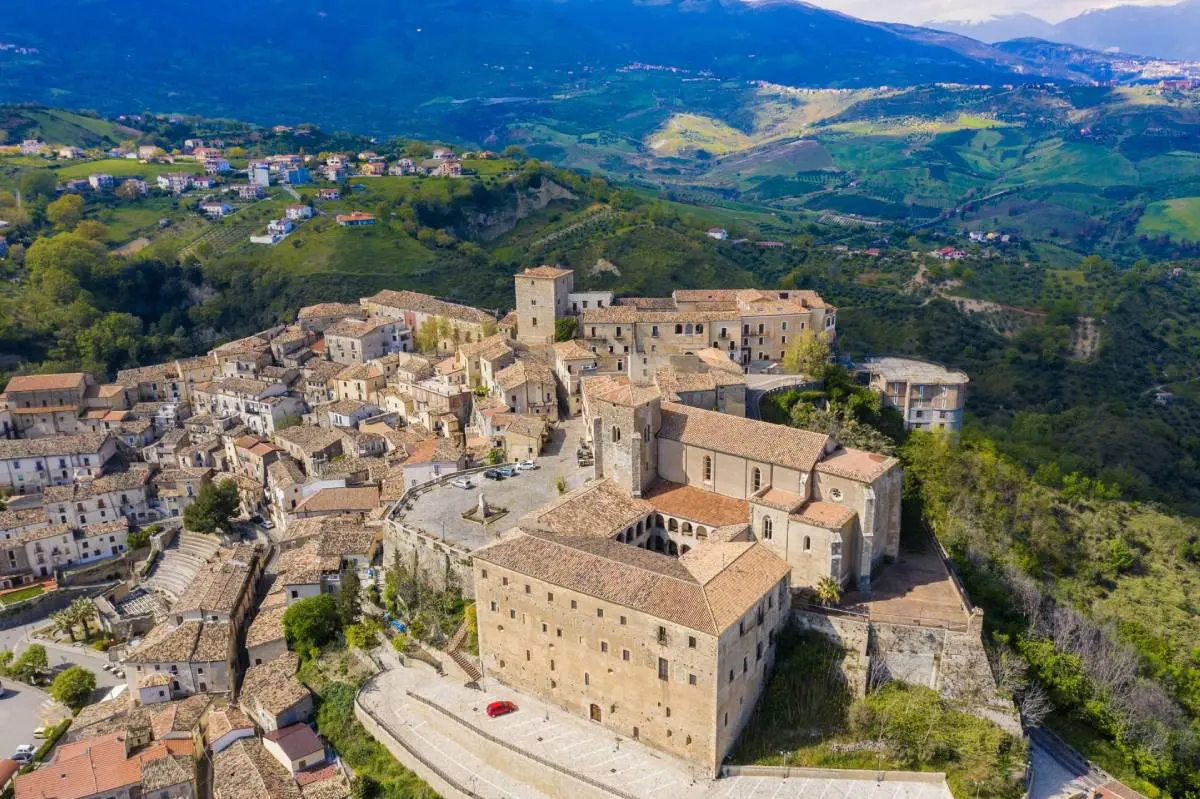Cassano all'Ionio
Archaeology, nature and wellness in the Sibari Plain
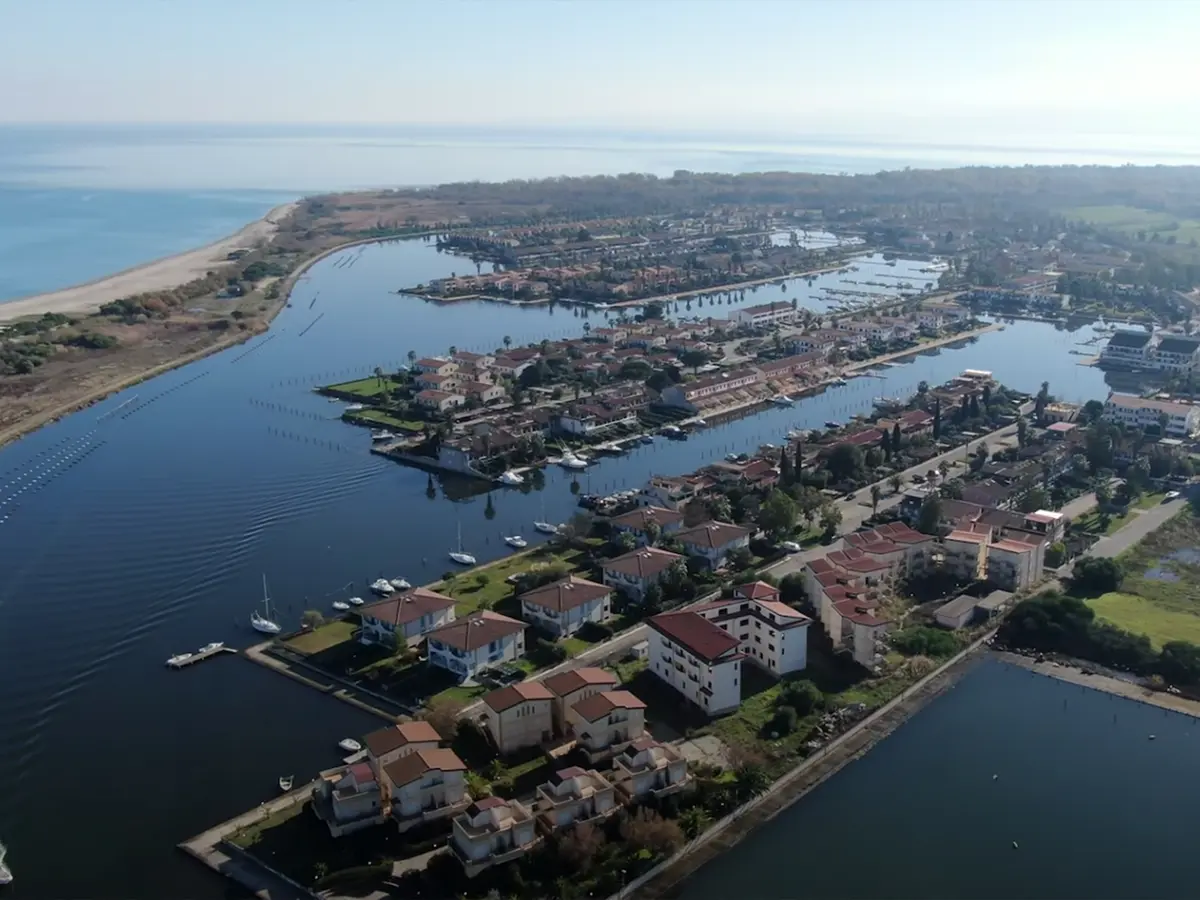
Art and Culture
Laghi di Sibari, Cassano all'Ionio - Regione Calabria
Discover Cassano all'Ionio (CS), the seaside resort along the Costa degli Achei that rises on the site of the ancient Greek city of Sybaris, from which today's National Archaeological Park of Sybaris and the entire territory of the Plain of Sibari, not by chance called Sibaritide, take their name. This is one of the most important rice fields in the south, where the prized Sibari Rice, one of the best varieties in Italy, is grown.
The bathing and residential area of the Lakes of Sibari, with its truistic port, as well as the Sibarite Thermal Baths are a guarantee of wellbeing and relaxation for those who want a holiday immersed in the uncontaminated nature of the Ionian coast.
Starting with a visit to the National Archaeological Park of Sybaris, we discover the origins of Cassano all'Ionio, which preserves precious artefacts of the ancient Magna Graecia Sybaris, founded by the Achaeans (8th century BC). Over time, the ancient Sybaris was overlaid by the cities of Thurio and Copia, the remains of which can be seen in the area of the park known as ‘’del Cavallo‘’. The National Archaeological Museum of the Sibaritide is the structure that exhibits the historical artefacts found during the numerous excavation campaigns, including the very important ‘’Cozzante Bull‘’ (5th century B.C.).
Between the marina and the Plain of Sibari, cultivated with the prized Sibari Rice and the sweet PGI Clementines of Calabria, lies the tourist area of the Lakes of Sibari, a series of artificial basins that combine a wide sandy beach with green Mediterranean scrub, and that of the Sibarite Thermal Baths, among the most complete and popular Calabrian spas, with cosmetic and curative treatments for every need.
Finally, a stroll through the historical centre of Cassano all'Ionio, nestled between the ruins of the Castle and the St. Mark's Stone, in whose sides the evocative prehistoric caves known as the Sant'Angelo Caves open up, reveals other important historical and artistic testimonies. The most representative are arranged around Piazza S. Eusebio: the Cathedral of the Nativity of the Virgin, of Byzantine origin with a Baroque-style façade; the Diocesan Museum, rich in documents of enormous historical importance; the Fountain of Lions, an 18th-century work by Bartolomeo Grasso; the Diocesan Library and numerous historical buildings.
No result
